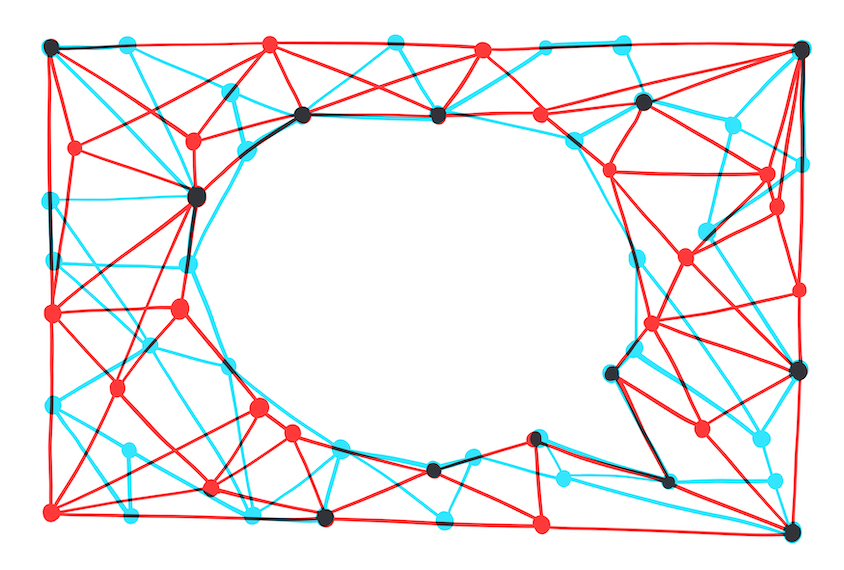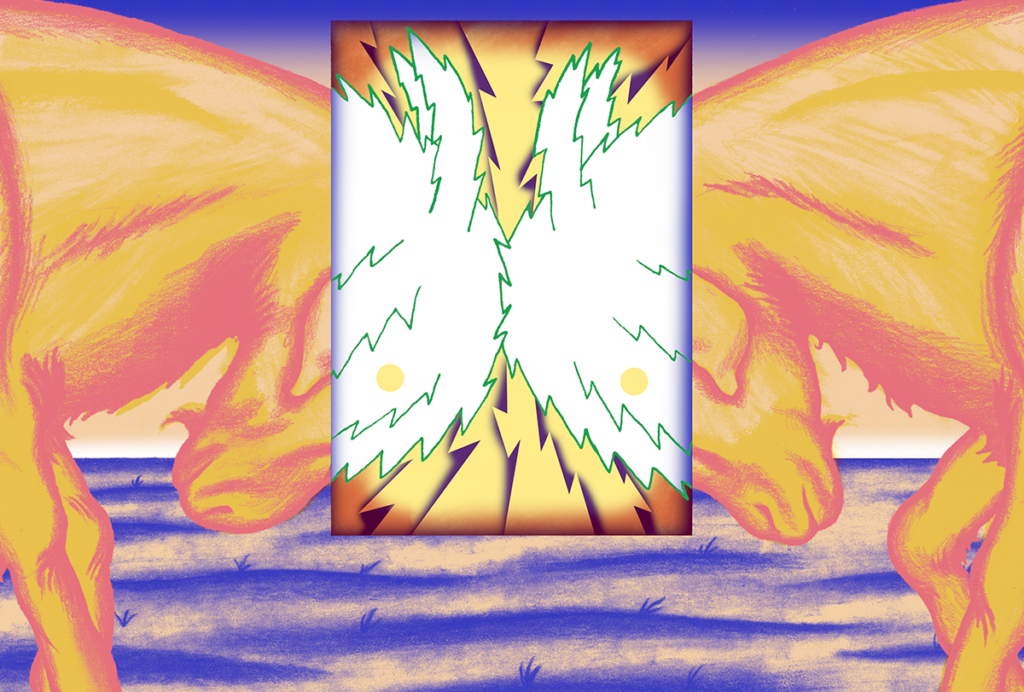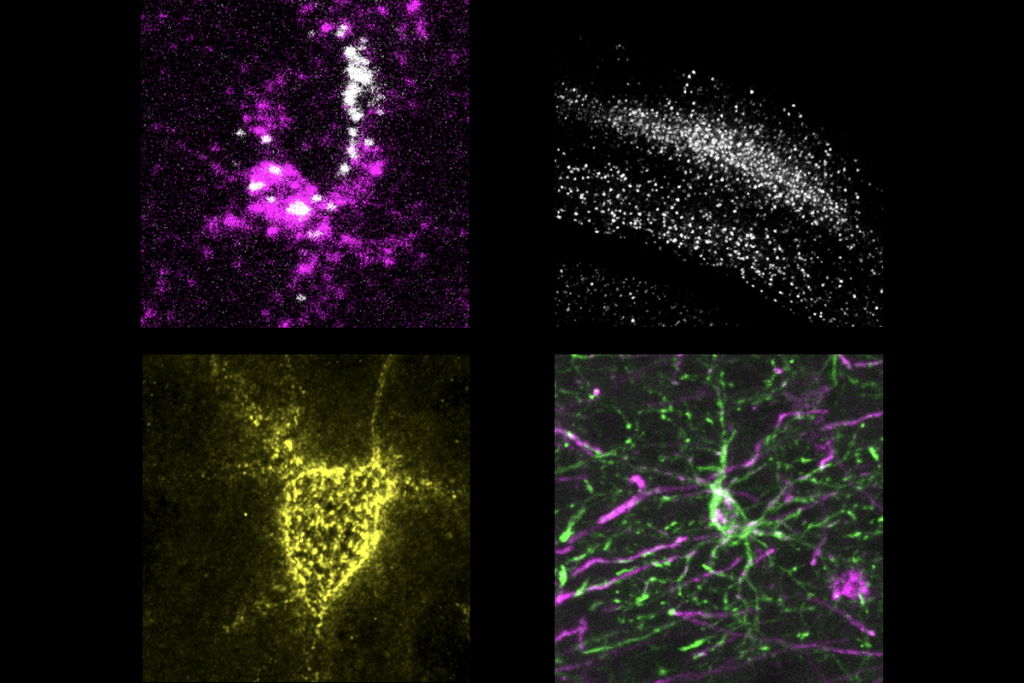The tweets heating up our feeds this week include an autistic person’s account of her autism being overlooked, as well as tweets discussing new tools for manipulating the signal-sending ends of neurons, sex differences in decision-making, a striking illustration of the human brain, and more.
We’ll kick things off with “An Unexpected Autistic,” the title of a new commentary in Autism in Adulthood by Oluwatobi Abubakare, a clinical psychology student at Indiana University in Bloomington, in which Abubakare writes, “Because of the intersection of my identities, my autism was hidden. But it does not have to be that way for others.”
‘An unexpected autistic’: insight by @tobiabubakare
describes autism was over-looked due to intersecting identities. We should respectfully offer education to communities & recognise non-stereotypical presentation @IUPsychBrainNEW! FREE to 2 Aug: https://t.co/wcl0yCynVN pic.twitter.com/k5rlM10Ezp
— AutismInAdulthood (@AutismAdulthood) July 21, 2022
“I wanted to share a rarely discussed perspective of autism that affects many other autistics of color across the African diaspora,” Abubakare tweeted.
My 1st solo-authored commentary/article is finally out! This paper was a labor of love as I wanted to share a rarely discussed perspective of autism that affects many other autistics of color across the African diaspora. Please read and enjoy! https://t.co/rzwBj3LPsB
— Oluwatobi Abubakare (@tobiabubakare) July 21, 2022
“This piece is filled with insights too often absent in how autism is discussed these days,” tweeted Helen Tager-Flusberg, professor of anatomy, neurobiology and psychology at Boston University in Massachusetts.
A deeply personal story from a truly remarkable and brilliant scientist in training. This piece is filled with insights too often absent in how autism is discussed these days….thank you Tobi! https://t.co/GccJ9ZCV6C
— Helen Tager-Flusberg (@HelenTager) July 21, 2022
“I never looked at myself as an unexpected autistic but that surely explains the resistance received from people who know me,” tweeted Twitter user Aham Brahmasmi.
This was quite an interesting read and it occurred to me that I never looked at myself as an unexpected autistic but that surely explains the resistance received from people who know me.
Thank You for sharing your story @tobiabubakare ????✌ https://t.co/keDvdnlikT— Aami A (@Aamiiheree) July 21, 2022
Elsewhere in the Twittersphere, Nature Neuroscience shared a new review paper focusing on optogenetics tools for directly manipulating ‘presynapses,’ the parts of neurons that release neurotransmitters.
Just in time for @OptoGRC, a Review on #Optogenetics at the Presynapse from @OferYizhar, @JWietek, Benjamin Rost, and Dietmar Schmitz #OptoGRC2022https://t.co/1YP6qTKfXb
— Nature Neuroscience (@NatureNeuro) July 14, 2022
Review co-author Ofer Yizhar, professor of neurobiology at the Weizmann Institute of Science in Rehovot, Israel, mentioned “the exciting opportunities and unique challenges of applying optogenetics at synaptic terminals,” and said the team tried “to cover the basics and also provide some practical tips!”
New review out in @NatureNeuro with @JWietek @rost_br and @LabSchmitz – the exciting opportunities and unique challenges of applying optogenetics at synaptic terminals. We try to cover the basics and also provide some practical tips! https://t.co/8btB5R5R9e
— Ofer Yizhar (@OferYizhar) July 14, 2022
Nicolas Liem, a graduate student at the Humboldt University of Berlin in Germany, called the paper “a nice review giving an overview on the #optogenetic toolbox for the presynapse and their practical implications!”
A nice review giving an overview on the #optogenetic toolbox for the presynapse and their practical implications! ???? https://t.co/JlccXqYRZx
— Nicolas Liem (@NicolasLiem) July 15, 2022
“Optogenetics at the presynapse is somewhat special,” tweeted co-author Benjamin Rost, a postdoc at the German Center for Neurodegenerative Diseases in Berlin.
Optogenetics at the presynapse is somewhat special. Glad to publish our overview on this with my great colleagues @OferYizhar, @JWietek, @LabSchmitz: https://t.co/lhK8TM4w8w
— BRRost (@rost_br) July 15, 2022
“Great synopsis of a complex field,” responded Evelyn Lambe, associate professor of physiology at University of Toronto in Canada.
Great synopsis of a complex field https://t.co/stYdQkdOsp
— ELambe (@LambeLab) July 15, 2022
In a separate string of tweets, Ilana Witten, professor of psychology and neuroscience at Princeton Neuroscience Institute in New Jersey, highlighted a “cool new study” in bioRxiv that sought to explain the neural substrates that underlie sex differences in decision-making behavior in mice.
ACC-DMS contributes to sex differences in value-dependent motivation
cool new study from @JuliaMaryCox, with help from @AddieMinerva @ZimmermanNeuro @szorowi1 @westonfleming @bmcmannon, among others 1/n https://t.co/S8B2QtbkLV
— Ilana Witten (@IlanaWitten) July 11, 2022
The study “can help to explain effects over a few years from a few labs, including some differences across tasks,” tweeted Nicola Grissom, assistant professor of psychology at the University of Minnesota in Minneapolis.
Very very interesting!! This can help to explain effects over a few years from a few labs, including some differences across tasks https://t.co/DGkhlA7ZFj
— Grissom Lab (@NicolaGrissom) July 12, 2022
Australia’s first National Guideline for supporting autistic children has been released in draft form and is open for community feedback, according to a tweet from Andrew Whitehouse, professor of autism research at the Telethon Kids Institute in Perth, Australia. He added that “this is a big milestone for Australia, and we are very keen to hear from you.”
***News***
We have just released the draft version of Australia’s first National Guideline for supporting autistic children. @AutismCRC
This is a big milestone for Australia, and we are very keen to hear from you.
Download and provide feedback here ????https://t.co/MmcKnkYtR9— Andrew Whitehouse (@AJOWhitehouse) July 18, 2022
The groups Autism Awareness Australia and CliniKids helped spread the word with quote tweets also calling for feedback from the community.
#HaveYourSay on the new draft National Guidelines for supporting #autistic children. They have been developed in consultation with parents/carers, autistic ppl, service providers & the #autism community. Your feedback is important! @AutismCRC @DavidTrembath https://t.co/xaUz4zaUPw
— Autism Awareness Aus (@AutismAwareAus) July 18, 2022
@AutismCRC is seeking community feedback on Australia’s first national guideline for supporting autistic children.
This is a great opportunity to have your say. https://t.co/GLJeyxYgxs— CliniKids Autism Research (@clinikids_au) July 18, 2022
We’ll close this week’s newsletter with a “beautiful illustration of neuroanatomy with description of functions by Greg Dunn,” shared by Oren Gottfried, professor of neurosurgery at Duke University in Durham, North Carolina.
Beautiful illustration of neuroanatomy with description of functions by Greg Dunn. pic.twitter.com/EyG1vKWnmp
— Oren Gottfried, MD (@OGdukeneurosurg) July 18, 2022
There were too many quote tweets to include here, so we’ll leave you with one by Twitter user Dr Hyelander, who wrote, “May the serotonin in all of y’all raphe nuclei remain abundant my friends.”
May the serotonin in all of y’all raphe nuclei remain abundant my friends. https://t.co/dEiV9nacso
— Dr Hyelander ???????? ???? (@Helioprogenus) July 20, 2022
That’s it for this week’s Community Newsletter! If you have any suggestions for interesting social posts you saw in the autism research sphere, feel free to send an email to [email protected].
Follow us on Facebook, Twitter (@Spectrum), Instagram and LinkedIn.
Subscribe to get the best of Spectrum straight to your inbox.





